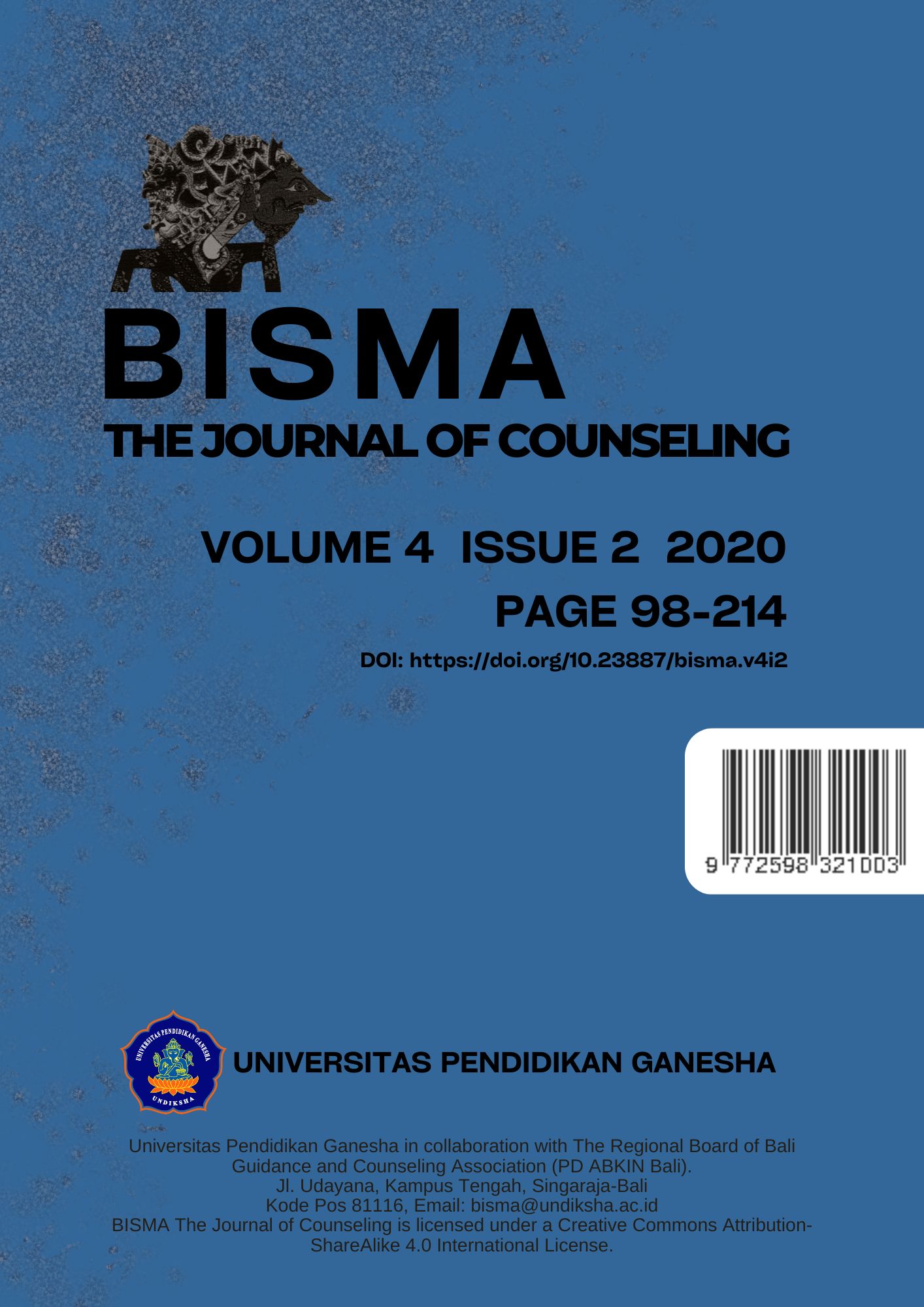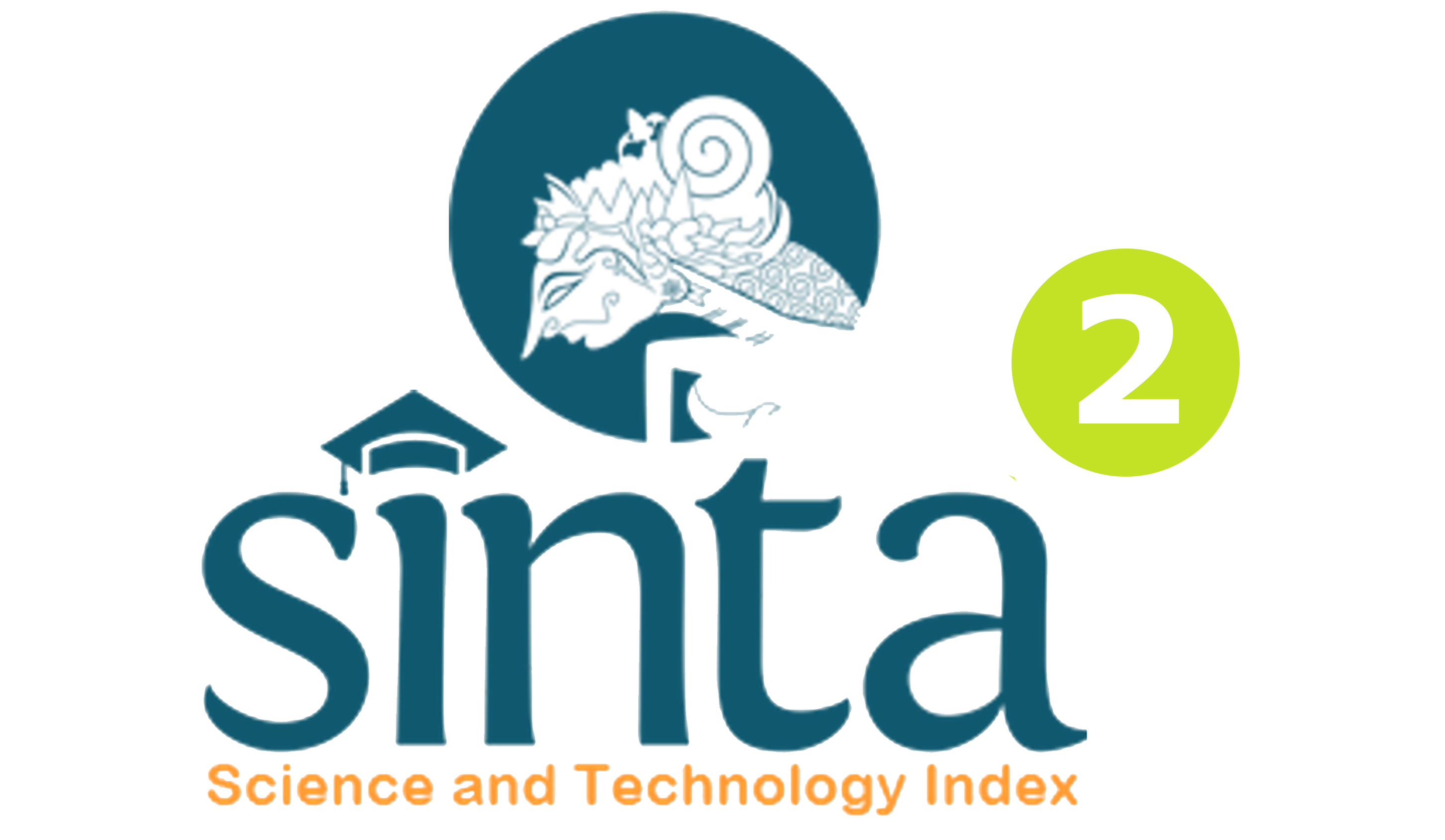Development of a Self-Efficacy Scale for Vocational School
DOI:
https://doi.org/10.23887/bisma.v4i2.27920Keywords:
Scale instrument, Self-EfficacyAbstract
This study aims to develop a self-efficacy scale instrument for Vocational High School students as well as to determine the validity of the instrument points and the instrument reliability of the experts and practitioners. The type of research used is research and development (R&D), the research model used is Four-D (4D). The 4D model consists of four stages of research namely define, design, develop, and disseminate. Analysis of the data used is to test the validity of manual book product content with the Lawshe CVR and CVI formulas. Tests carried out by 5 experts or experts who are competent in the field of Counseling and Psychological Guidance. The results of the research based on content validity analysis are the per-item CVR values obtained between +1 to 0 (CVR> 0). Furthermore, the results of the Lawshe CVI analysis obtained a score of 0.96 greater than 0 (0.96> 0). Based on the analysis of these data means the value of the validity of the instrument content is high and for the reliability results obtained at 0.78> 0.60 thus all items of the questionnaire are declared reliableReferences
Bandura, A. 1997. Self Efficacy – The Exercise of Control (Fifth Printing, 2002). New York: W.H. Freeman & Company.
Bandura, “Self-efficacy” dalam Wikipedia The Free Encyclopedia, 12 Juli 2020
Brown, S. P., Jones, E., & Leigh, T. W.(2005). The Attenuating Effect of Role Overload on Relationship Linking Self-Efficacy and Goal Level to Work Performance. Journal of Applied Psychology, 90(5) 972-979
Chemers, M. M., Hu, L. T., & Garcia, B. F.(2001). Academic Self-Efficacy and First-Year College Student Performance and adjustment. Journal of Educational Psychology, 93(1), 55-64.
Hendryadi, H. (2017). Validitas Isi: Tahap Awal Pengembangan Kuesioner. Jurnal Riset Manajemen Dan Bisnis (JRMB) Fakultas Ekonomi UNIAT, 2(2), 169–178. https://doi.org/10.36226/jrmb.v2i2.47
Judge, T. A., Jackson, C. L., Shaw, J. C. ,Scott, B. A., & Rich, B. L. (2007). SelfEfficacy and Work-Related Performance: The Integral Role of Individual Differences. Journal of Applied Psychology, 92(1), 107-127
Lawshe, C. H. (1975). a Quantitative Approach To Content Validity. Personnel Psychology, 28(4), 563–575. https://doi.org/10.1111/j.1744-6570.1975.tb01393.x
Pajares, F., & Miller, M. D. (1994). Role of Self-Efficacy and Self-Concept Beliefs in Mathematical Problem Solving: A Path Analysis. Journal of Educational Psychology, 86(2), 193-203
Santoso S. Kesehatan dan Gizi. Jakarta : Rineka Cipta; 2009
Satici,S.A., Kayis,A.R & Akin, A (2013). Investigating the Predictive Role of Social Self-Efficacy on
Authenticity in Turkish University Students. Europe's Journal of Psychology, 2013, Vol. 9(3),
– 580, doi:10.5964/ejop.v9i3.579
Susanto, A. (2018). Bimbingan dan Konseling di Seekolah (Konsep, Teori, dan Aplikasinya). Jakarta: Prenada
Media Group
S.C.Huang dan S.F. Chang, “Self-efficacy in learners of English as a second language: Four examples”
Journal of Intensive English Studies (No. 12, 1998), hlm. 23-40.
Thiagarajan, S., Semmel, D. S & Semmel, M. I. 1974. Instructional Development for Training Teachers of
Expectional Children. Minneapolis, Minnesota: Leadership Training Institute/Special Education, University of Minnesota
Trizano-Hermosilla, I., & Alvarado, J. M. (2016). Best alternatives to Cronbach’s alpha reliability in realistic conditions: Congeneric and asymmetrical measurements. Frontiers in Psychology, 7(MAY), 1–8. https://doi.org/10.3389/fpsyg.2016.00769









